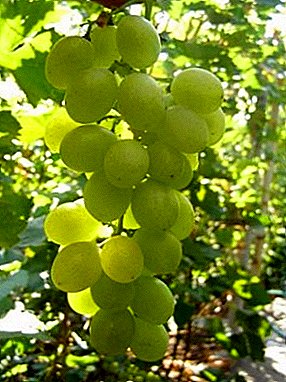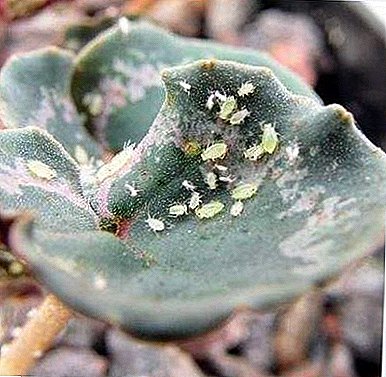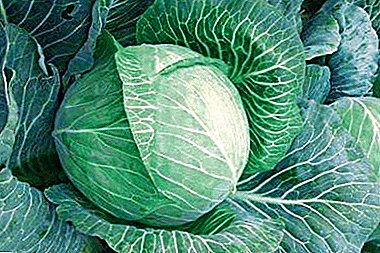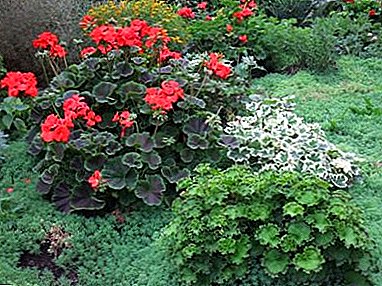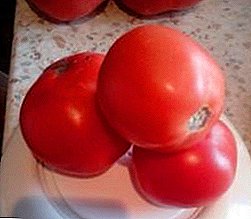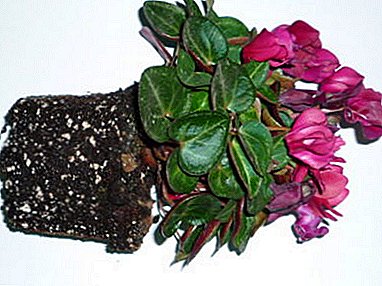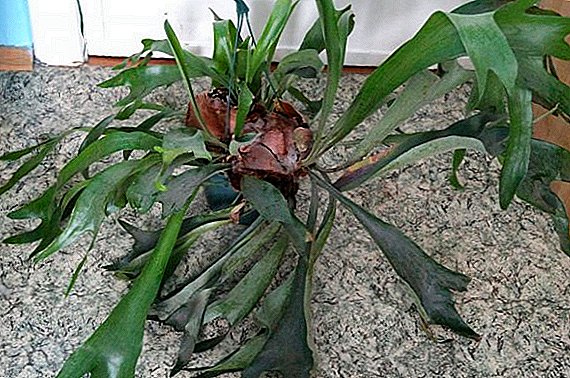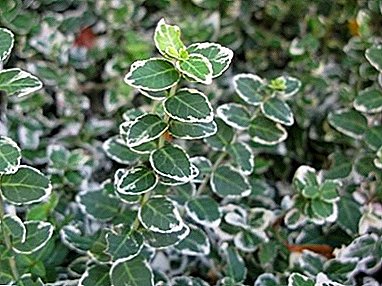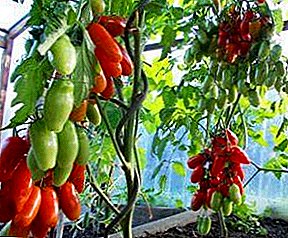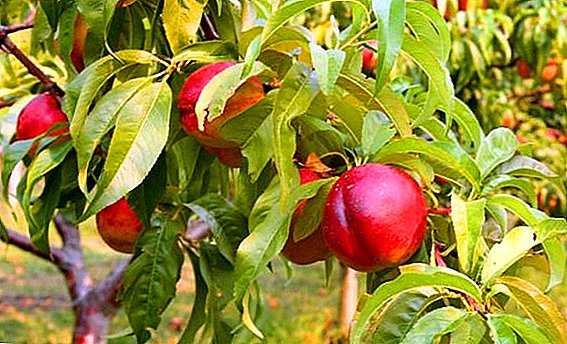 Nectarine is a very unusual and amazing fruit. It is popular in many countries. Prized for its great taste and its beneficial properties. In this article you will learn what nectarine is, what description this fruit has and how to grow it in your country house.
Nectarine is a very unusual and amazing fruit. It is popular in many countries. Prized for its great taste and its beneficial properties. In this article you will learn what nectarine is, what description this fruit has and how to grow it in your country house.
Nectarine is a hybrid of peach and ...
In appearance, the nectarine looks like a normal peach, only the skin on it smoothwithout a nap. Therefore, its fruits are called hollow fruit. This fruit tree is originally from China, where it has been grown for over 2,000 years, and was brought to Europe only in the 20th century.  There is a version that nectarine is a hybrid of peach and plum, but this opinion is wrong. Experts say that this fruit is obtained by the method of ordinary mutation of peaches during self-pollination. Peach and nectarine are very similar in their chemical composition and biological characteristics.
There is a version that nectarine is a hybrid of peach and plum, but this opinion is wrong. Experts say that this fruit is obtained by the method of ordinary mutation of peaches during self-pollination. Peach and nectarine are very similar in their chemical composition and biological characteristics.
A hollow peach is sweeter than usual and is considered more dietary. Vitamin A, phosphorus, iron, potassium it contains more. Ripe fruits can be light yellow, yellow with red, bright red or cherry. Its pulp is harder than ordinary peach.
Nectarine tree can reach a height of 4 to 7 m, and the crown is 3-4 m in diameter. The leaves are serrated on the edge. The flowers are pink and bloom before the leaves.
Did you know? Nectarine belongs to the Rosaceae family, therefore it is a close relative of the almond.
How to choose seedlings for planting
Required choose the right nectarine seedlings, as it is an important criterion for its successful cultivation at his dacha:
- It is necessary to buy seedlings in a nursery or specialty store. And also you need to ask where they come from and whether they can adapt to the local climate.
- Planting material should have well developed stem and root systems.
- The bark should not be damaged.
- The junction of the stock with the scion should be smooth, without growths and flows, and vegetable juice should not be allocated.
- The roots must be resilient and have a healthy white color in the cut;
- Age of seedlings should not exceed 1-2 years. Adults take root worse.

Landing
Planting nectarine is not a difficult task. You need to choose the right place for growing and properly prepare the planting hole.
Conditions for growing (choice of location)
Nectarine loves heat and light. It is less demanding on soils, but grows best on deep and well aerated ones. The best areas for the cultivation of this fruit are sandy sand and loam. Such soils are quite wet, but not prone to over-wetting. This is very important for the root system of the tree.
When choosing a place you need to consider:
- on the site should not stagnate cold air;
- the place should not be too shady;
- groundwater should be at a depth of 1.5 m;
- it is better to select a place on the south-west or south side of the site.
Important! The distance between nectarine and other garden plantings should be more than 3-3.5 m.
Landing pit preparation
The pit for planting this tree must be excavated with a size of 0.7 by 0.7 m. Then pour 10 kg of manure, 150 g of superphosphate into it and mix with the ground. Make a low mound in the pit. 
Landing pattern
Observe the following guidelines for planting a sapling:
- On the mound, carefully set the tree and spread the roots.
- The vaccination site should be 3-5 cm above the edges of the pit.
- You can set the count and bind the tree to it.
- Then fill the planting pit with soil mixture and tamp the soil a little.
- At the edges of the pit, it is desirable to make an earthen roller, so that it is convenient to water.
- Liberally watered using at least 2 buckets of water for each seedling.
- It is possible to compost the tree trunk circle.
Did you know? Unlike many other fruits, nectarine retains all the beneficial properties of various treatments, even in canned form.
How to grow nectarine
For getting good fruits you need high-quality nectarine care. Such activities are not much different from those that are needed and other fruit trees.
Watering
Water the tree need at least 3 times in the summer (depends on weather conditions), using at least 2 buckets of water. 
Top dressing hybrid
In the spring it is necessary to spray the tree with a 7% urea solution. Due to this, nectarine will receive the necessary nitrogen for growth, and also it will serve as a prevention against pests that have wintered in the bark. Before holding this event, you need to make sure that the kidneys have not yet swelled. Under the action of urea, they can burn.
If you spray too late, you can fertilize the roots. They dig up the earth around the tree and add ammonium nitrate (70 g) and urea (60 g) per square meter.
When the fruits are formed, the nectarine is sprayed with a solution of complex fertilizers. And at the stage of ripening fruits use a solution of potassium salt.
In the fall, it is worth digging a trunk circle and depositing 1 square meter of superphosphate (40 g) and calcium chloride (50 g).
Fertilizers that were laid in the ground when planting should be enough for a tree for 6 years.
Cropping and crown formation
The crown needs to be shaped into a bowl. This form gives strength and branches get access to the light. The barrel should be about 70 cm long.  Create one tier with 4 main branches that extend from the trunk at an angle of 50 °. On each of them leave 3 skeletal branches. It is necessary to shorten a sapling so that its height is equal to the length of the trunk and crone zones. The branches are cut off all: the bottom - up to 10 cm, the top - up to 30. Then from the growing shoots pinch the strongest, and the rest are removed.
Create one tier with 4 main branches that extend from the trunk at an angle of 50 °. On each of them leave 3 skeletal branches. It is necessary to shorten a sapling so that its height is equal to the length of the trunk and crone zones. The branches are cut off all: the bottom - up to 10 cm, the top - up to 30. Then from the growing shoots pinch the strongest, and the rest are removed.
On second year cut over the side of the outer branch. Remove excess shoots. In the summer, pruned branches that grow inward as well as weak ones. On third year pruned vertical branches and those that shadow the crown. Also lay the skeletal branches of the second order and remove the premature and mixed shoots.
Important! So that the branches do not overload from the fruits, thinning of generative buds is carried out, leaving up to 5 fruits on one link. This needs to be done every year.
Soil care
The soil around the tree must be mulched every year with compost or humus. You also need to systematically loosen and free from weeds. 
Breeding
Nectarine can be propagated in two ways:
- Bone stone. Fruits from which the bone is taken must be large, ripe, or even slightly overripe. With such a reproduction there are both advantages and disadvantages. Obtained from seedlings seedlings have a low fruiting level. And the fruits are usually small. But such trees tolerate frosts and grow longer. Plant a bone in the ground, which will be a permanent place for the growth of the tree. Planting site is fertilized with compost or humus. Plants grown in this way require irrigation.
- Inoculation. It is better to graft nectarine cuttings on the rootstocks of peach, almond, apricot or plum by budding. The advantage of this method is that the plant will have all the characteristics of the mother variety. Cuttings need to be taken from the young winter-hardy trees that bear fruit well.
Diseases and pests of the tree
The main diseases of nectarine include: powdery mildew, as well as leaf curl and bloom. Fight them best with fungicides.
Treating wood from phytosteriasis is carried out 3 times:
- During the swelling of the kidneys used oxychloride copper.
- Before flowering - "Topsin-M".
- After flowering, use the same drug.
 In the fall, leaf curl is treated with copper chlorine or Meteor.
In the fall, leaf curl is treated with copper chlorine or Meteor.Powdery mildew pruning damaged branches. After flowering, treated with fungicides.
Fight against fungal diseases can be with the help of drugs "Vectra", "Skor", "Horus".
Tree pests are moths, scythe, aphids, moths and mites. To combat them use the following insecticides: "Aktellik", "Karbofos", "Inta-vir", "Aktara".
With proper care and planting nectarine, it will delight you with juicy and tasty fruits.


